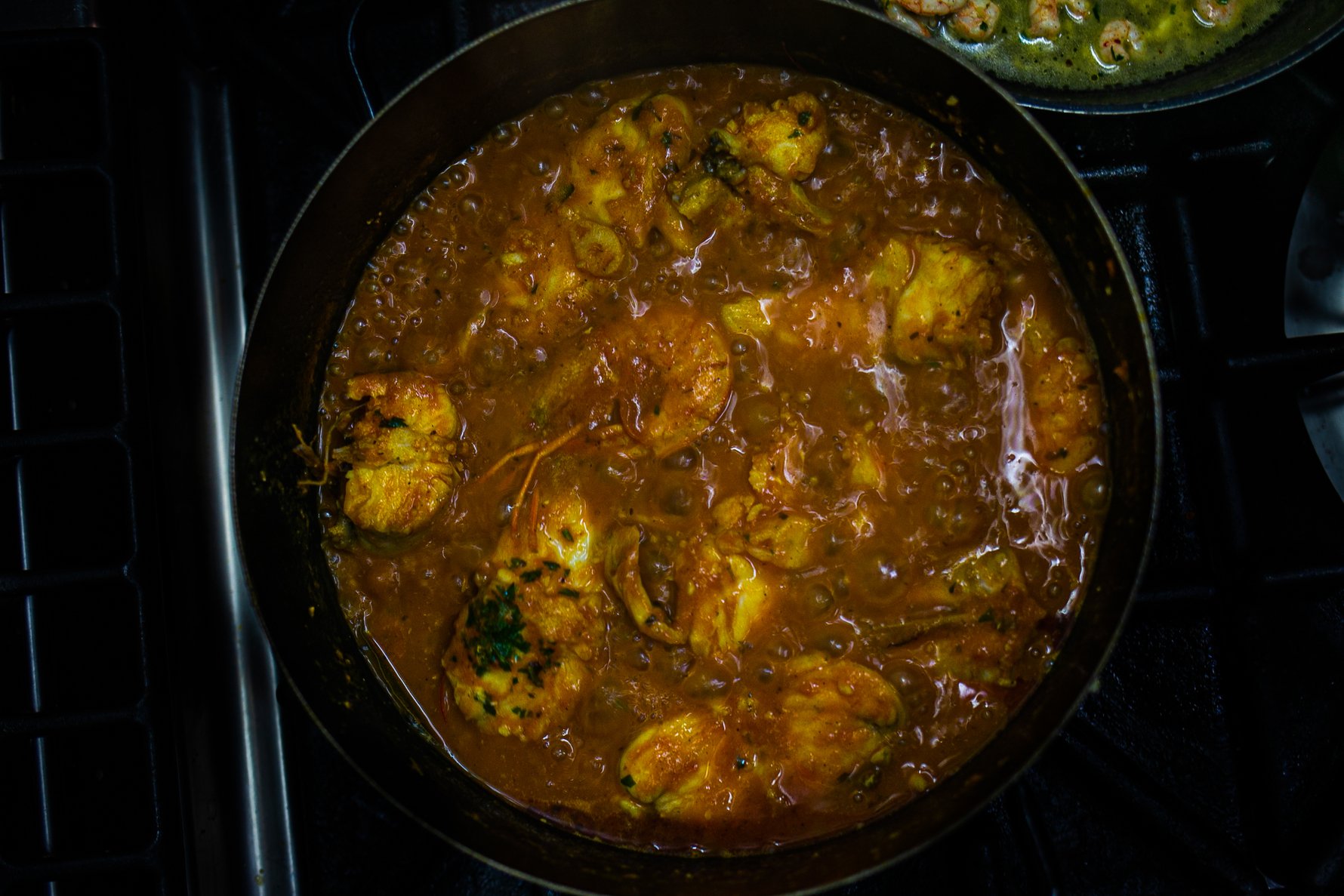Where to eat?
Chock full of restaurants catering to every contemporary taste, the town of Hvar has one of the best gastronomic reputations in the Adriatic. Whether eating on street-side outdoor terraces or characterful indoor spaces, there are few better places to eat well and soak up the unique atmosphere of the Adriatic at the same time. The place can fill up in summer, and reservations are essential if your heart is set on eating in a particular place.Whether you're looking for a coffee fix or ready to kick back with a post-sightseeing cocktail, cafes and bars fill all available nooks and crannies around the town's main harbour.
Food
Always a place where you could rely on good Mediterranean fare, Hvar's culinary reputation began to rise in the 1970s and 1980s, when a new generation of private restaurants emerged to serve an increasingly cosmopolitan clientele. Many of the names established at that time still exist today. Another spurt of spoon-brandishing activity came in the 2000s, when Hvar's new-found popularity among sophisticated European travellers was met by a surge in the number of foodie-oriented restaurants. With interior styles ranging from rustic tavern through Renaissance palazzo to sleek post-modern bistro, the ambience frequently deserves as much attention as the food.As you might expect from an island lapped by the waters of the Mediterranean sea, Hvar is extraordinarily rich in seafood, with fresh fish, squid and a variety of shells featuring prominently on restaurant menus. Vegetables also tend towards the traditional, with the delicious Dalmatian staple blitva (Swiss Chard), its like an extra delicate, doubly nutritious cousin to spinach) the standard accompaniment to fish. Using locally grown veg has become something of a cult: more than one prominent restauranteur has told us that they use fresh produce straight from their own garden plots.
One dish that is particular to the island and is considered something of a speciality is gregada, a slow-cooked stew of different sweet white fish in white wine, with onions and patatoes. Many local restaurants offer this local favourite, although it is often served in portions big enough for two or more people. Another popular feasting dish that's common to the whole of Dalmatia is pašticada, a delicious sweet-and-sour stew featuring chunks of beef cooked slowly in red wine and prunes. Dining out Dalmatian style is of course Hvar's main attraction, although you can also feast globally up any amount of decent pizzas, wraps or sushi if the need arises.

Olives are cultivated all over the island although this is very much a domestic, family-based industry with small quantities of high-quality virgin olive oil made by each individual producer. If you find a bottle of olive oil parked on your restaurant table, don't be afraid to use it.
The local lavender crop is often used to provide a dash of aromatic flavour to puddings and cakes. There's been a boom in the number of top-quality patisseries in town over the past few years; tucking into exquisite cakes after an afternoon's sightseeing has become an essential part of the Hvar experience.


